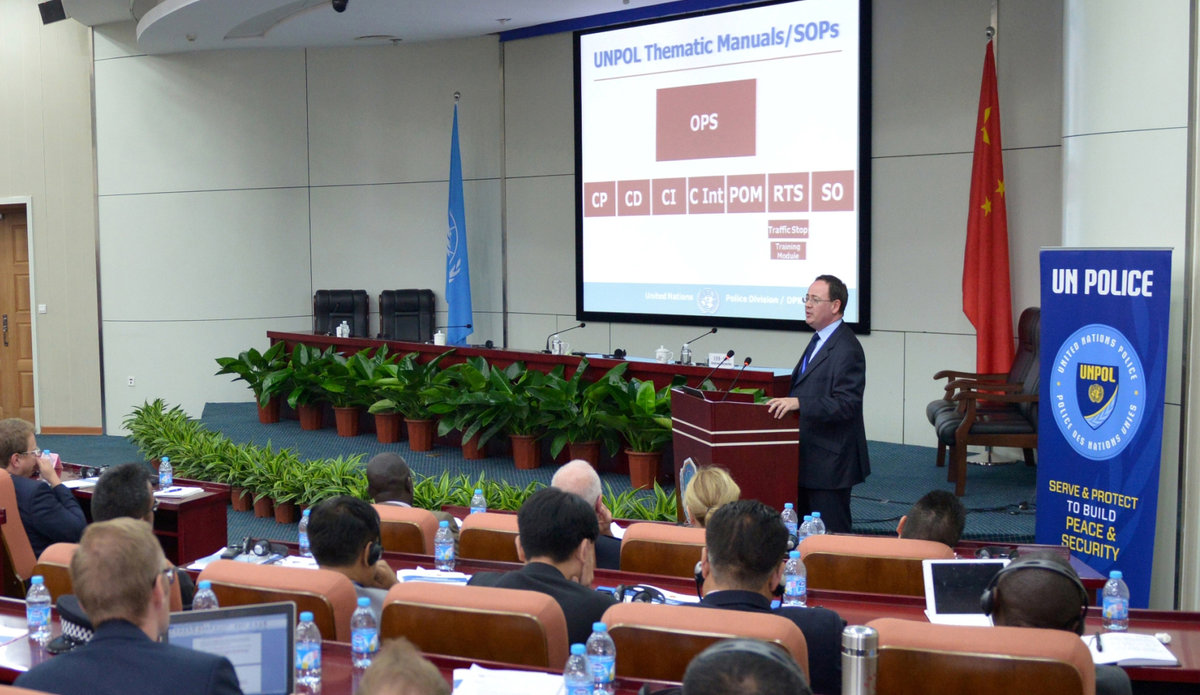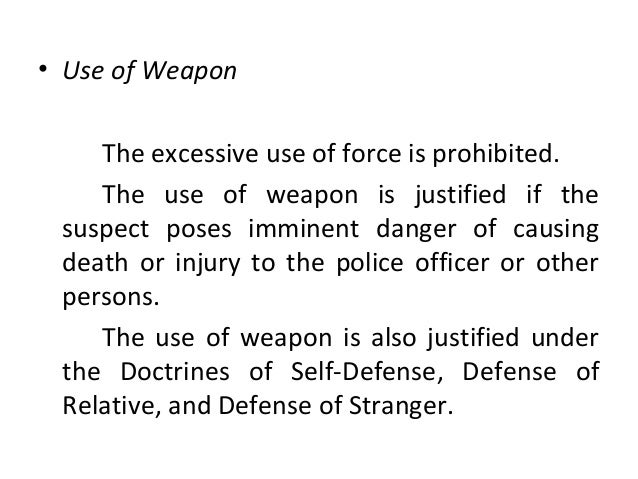Police Operational Procedure Manual 2016

The Cincinnati Police Department Procedure Manual The Cincinnati Police Department Procedure Manual is to provide an official guide outlining the way to do many of the routine operations which confront the Cincinnati Police Department. The Procedure Manual is provided here as a downloadable file, both as a Adobe Acrobat PDF portfolio and as a compressed (zip) file. A procedures contained in both formats are in PDF format. Use the below links to download the Procedure Manual in the venue of your choice.
Lecture pnp operations manual presentation. 2001 victory v92c parts manual. 1. THE PHILIPPINE NATIONAL POLICE MANUAL. I. GENERAL PROCEDURES 1. Police Blotter.

Police Operational Procedure Manual 2016 Dodge
PNP operating unit shall maintain an official police blotter. all types of operational and undercover dispatches shall be recorded. A separate Police Blotter, however, shall be maintained for crime incident reports involving violence against women and children and those cases involving a child in conflict with the law to protect their privacy. INTER-UNIT COORDINATION. Local Police Units operating outside their territorial jurisdiction and National Support Units (NSUs) shall coordinate, personally or through an official representative, with the Police Office within whose jurisdiction the operation shall be conducted.
If formal inter-unit coordination is not feasible, the Police Unit concerned shall endeavor to notify the territorial police office through any practical/available means of communication at anytime during the operation;. If not possible, shall accomplish and furnish the territorial Police Office a written incident report immediately after the termination of the operation. BASIC REQUIREMENTS OF POLICE INTERVENTION OPERATIONS. Requirements: a.
With a marked police vehicle; b. Preferably led by a Police Commissioned Officer (PCO); and c.
With personnel in prescribed police uniform. WARNING SHOTS. The police shall not use warning shots during police interventions. USE OF FORCE. Issuance of Warning The police officer must first issue a warning before he could use force against an offender to identify himself and to give opportunity for surrender. Reasonable Force The reasonableness of the force employed will depend upon the number of aggressor, nature and characteristic of the weapon used, physical condition, size and other circumstances to include the place and occasion of the assault.
Use of Weapon The excessive use of force is prohibited. The use of weapon is justified if the suspect poses imminent danger of causing death or injury to the police officer or other persons. The use of weapon is also justified under the Doctrines of Self-Defense, Defense of Relative, and Defense of Stranger. Reportorial Requirements Any police officer who used his firearm against a suspect must submit an after- encounter report outlining the circumstances necessitating the use of weapon against the suspect. MOVING VEHICLES A moving vehicle shall not be fired upon except when its occupants pose imminent danger of causing death or injury to the police officer or any other person; The use of firearm does not create a danger to the public and outweighs the likely benefits of its non-use.
In firing upon a moving vehicle, the following parameters should be considered: a. The intent of the fleeing suspect/s to harm; b. The capability of the fleeing suspect/s to harm; and c. Accessibility or the proximity of the fleeing suspect/s. BASIC PROCEDURES 1.
Police Operational Procedure 2013 Edition
Guidelines and Procedures when Responding to Calls for Police Assistance. Gather and note down in the patrol logbook all available data. Stop the car at some distance away from the scene and approach the scene on foot. Immediately attend to the injured. Focus all efforts to arrest criminals however, priority shall be given to aiding the injured. When the suspects or criminals have fled the scene relay to the Tactical Operation Center (TOC) for the conduct of dragnet operations.
Protecting and Preserving the Crime Scene. Respond as soon as possible;. Establish the police lines;.
Avoid touching or stepping on anything that may represent evidence;. Check and protect adjacent areas where pieces of evidence could be found;. Look for the presence of bloodstains and other body fluids. Turn over all initial information and pieces of evidence to the responding investigation unit/elements.
SPOT CHECKS /ACCOSTING AND PAT-DOWN SEARCHES 2.1. Grounds for Spot Check/Accosting Stop the individual for the purpose of conducting a spot check/accosting only when reasonable suspicion exists. Such facts include, but are not limited to, the following: a. The appearance or demeanor of the individual suggests that he is part of a criminal enterprise or is engaged in a criminal act; b. The actions of the individual suggest that he is engaged in a criminal activity; c. Questionable presence of the individual in the area; d. The subject is carrying a suspicious object; e.
The suspect’s clothing bulges in a manner that suggests he is carrying a weapon; f. The suspect has been found in the time and place proximate to an alleged crime; g. The police officer has knowledge of the suspect’s prior criminal record or involvement in criminal activity; and h. The individual flees at the sight of a police officer. 2.2 Procedures and Guidelines for Spot Checks/Accosting a. Police officer shall clearly identify himself; b.
Police officers shall be courteous at all times; c. Before approaching more than one individual, police officers should determine whether the circumstances warrant a request for back-up; d. Questions shall be confined as to the suspect’s identity, place of residence, and other inquiries necessary to resolve the police officer’s suspicion.
Police officers are not required to give the suspect Miranda Warning unless the person is placed under arrest. Grounds for Body Frisk/Pat-Down Search Circumstances which may justify pat-down search: a. The type of crime believed to be committed by the subject – particularly crimes of violence where the threat of use or use of deadly weapon is involved; b.
Where the police officer handles several suspects; c. The time of the day and the location where the pat-down search took place; d. Prior knowledge by the police officer of the suspect’s use of force and/or propensity to carry deadly weapons; e. The appearance and demeanor of the suspect; f. Visual indications that the suspect is carrying a firearm or other deadly weapon; and g.
Whenever possible, pat-down should be performed by police officers of the same gender. ARREST. All arrests should be made only on the basis of a valid Warrant of Arrest. No violence or unnecessary force shall be used in making an arrest. 3.1 Time of Arrest Should be made on any day of the week and at any time of the day or night. Procedures in Serving Warrant of Arrest a. Verify the validity of the warrant; b.

The police officer should introduce himself and show proper identification; c. If refused entry, the police officer may break into any residence, office, building, and other structure; d.
The police officer need not have a copy of the warrant in his possession at the time of the arrest. If the person arrested so requires, the warrant shall be shown to the arrested person as soon as possible; e. Secure the person to be arrested;. f.
Conduct thorough search for weapons and other illegal materials on the person arrested and surroundings within his immediate control; g. Inform the person to be arrested of his rights under the Miranda Doctrine. No unnecessary force shall be used in making an arrest; i. Confiscated evidence shall be properly documented; j.
Bring the arrested person to the Police Station for documentation; k. Make a Return of Warrant to the court and l.
Deliver the arrested person to jail/prison. SEARCHES AND SEIZURES. The warrant should be served during daytime, unless there is a provision in the warrant allowing service at any time of the day or night. If refused admittance to the place of search after giving notice of the purpose the police officer may break open any outer or inner door or window to implement the warrant. Prohibited Acts in the Conduct of Search by Virtue of a Search Warrant a. Search shall not be made in the absence of the lawful occupant or any member of his family or, in the absence of the latter, in the presence of two (2) witnesses of sufficient age and discretion residing in the same locality.
Lawful personal properties, papers, and other valuables not specifically indicated or particularly described in the search warrant shall not be taken. Deliver the property seized to the judge who issued the warrant, together with an inventory duly verified under oath.
Recent Posts
- Myers Psychology Study Guide Answers 10
- Study Guide Weathering
- New Holland Lw170 Service Manual
- Study Guide Earth Science Pearson
- Polaris 2018 Outlaw 90 Manual
- Vehicle Speed Sensor 96 Ford Escort Manual
- Briggs And Stratton Engine Model 31c707 Manual
- Icaew Ifrs Study Manual
- Math 30 1 Ch 9 Solutions Manual
- Mccormick Ct 36 Manual
- Manual Bombardier Outlander
- Usmc Engineering Support Vehicles Characteristics Manual
- Epic Emr Help Guide
- Business Development Procedure Manual Template
- Husqvarna Viking Huskylock Model 936 Manual
- 2017 Holden Rodeo Ra Workshop Manual
- Bmw E36 320i Sedan Repair Manual
- Shimano Altus Owners Manual
- Manual Child Development
- John Deere Diesel Gator Service Manual
- 2016 Klx125 Owners Manual





